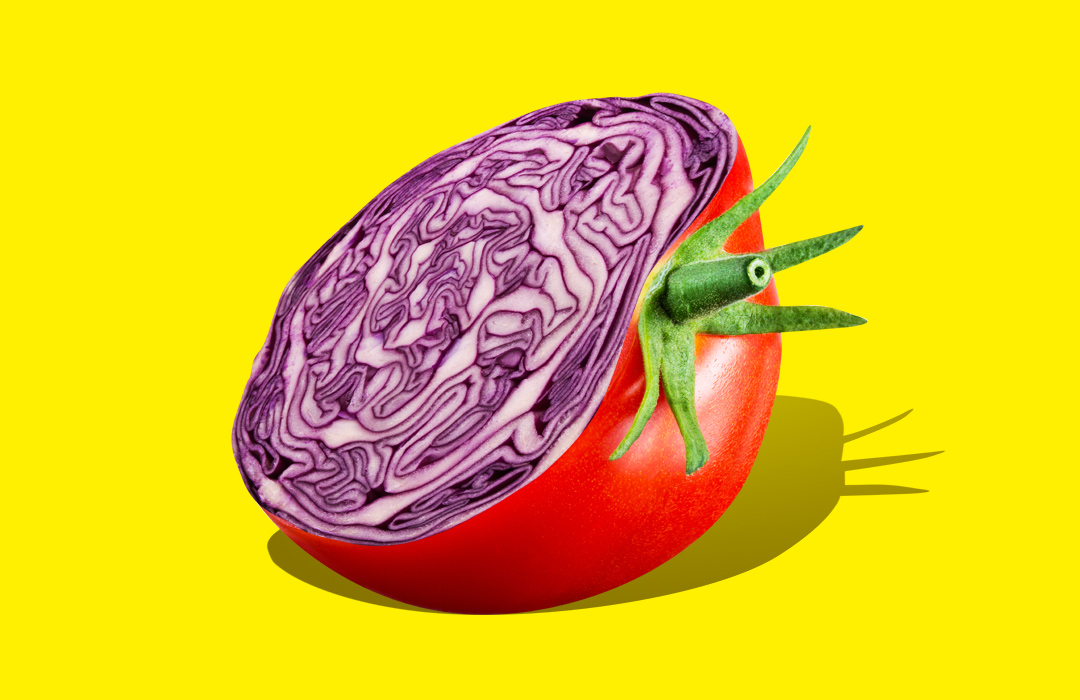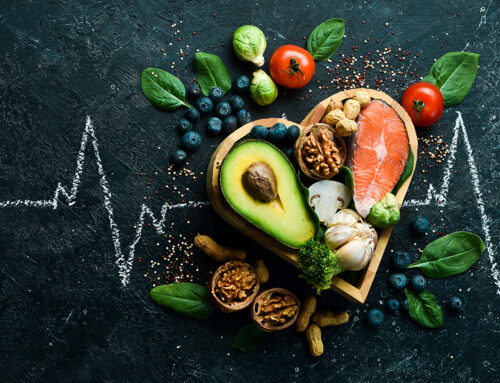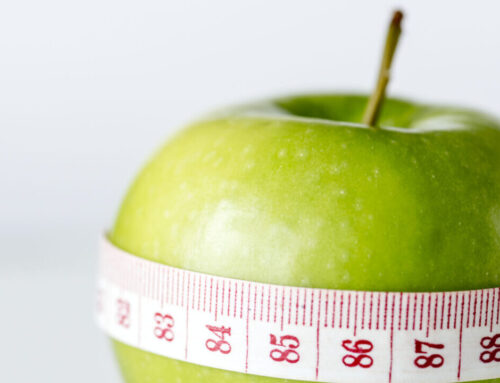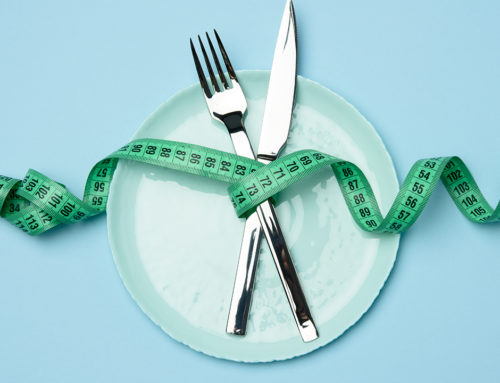The vegetable aisle in your local store or supermarket isn’t the one your grandad used to walk down because these days there’s a bouquet of new and odd-looking fruits and vegetables adorning the shelves. They’re cross-breeds and you’re probably looking for a hybrid vegetable list. We’ve got you covered and more.
But are they better than traditional greens? We put them under the knife to see how they match up, nutritionally.
Here’s your playbook for making sure you’re maximising the nutrients and value you get from your every food shop.
Your hybrid vegetable list
Kalettes
What? These are the love child of Brussel sprouts and kale, putting them firmly at the top of every hipster’s most wanted leaves. They’re not GM and were born of hybridisation, which fashioned the landscape of almost all of today’s traditional vegetables, so there’s nothing to worry about in that respect.
Farmers were smart enough not to mimic the sprout’s unique tang but these do sport undertones of their heritage, tasting like a soft kale with a hint of sprouts.
Novel they might be, but by offering you 120% of your vitamin K and 40% of your vitamin C recommended daily allowances (RDA), they don’t come anywhere near kale, 85g of which offers 867% and 114% of your RDA for vitamin K and C, respectively.
The verdict: A neat addition to a salad or stir-fry but the original still surpasses them nutritionally.
Broccolini
What? This is a staple in Japanese cuisine, and it’s so new that your spellcheck won’t acknowledge its existence. They’re not young broccoli but broccoli that’s been crossed with kai-lain, a type of Chinese kale.
It’s less bitter than broccoli but posts a sweetness similar to asparagus and has stalks that take on a pleasantly chewy texture when cooked.
It will offer you 150% of your vitamin C RDA, while traditional broccoli dishes up almost the same amount. Some varieties of broccolini do report having more of this vitamin but on the whole they’re almost equal, bar a little extra vitamin K kicker.
The verdict: If eating the broccolini version of this vegetable makes you want more of this green, then make the switch, especially since its flavour lends itself to Asian cuisine better. It’s every bit broccoli’s equal so use them interchangeably.
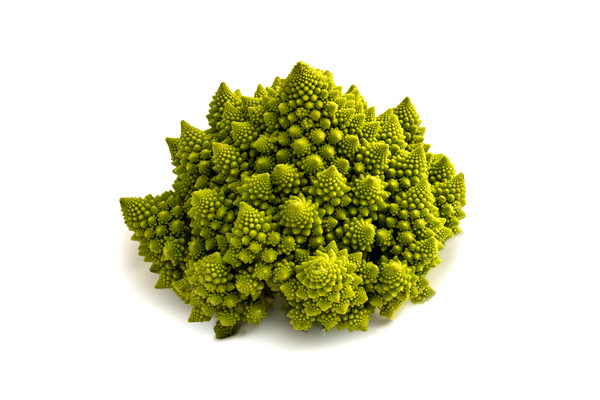
Romanesco
What? Grown in Italy since the 16th century, they’re nothing new but are probably a fresh addition to your supermarket shelf. They’re a member of the broccoli family and have a striking appearance with nodules that follow the beautiful Fibonacci sequence, which can intimidate some people.
They taste similar to cauliflower but are crunchier and a little nuttier with hints of sweetness. Though spikey to look at, they’re soft on the tatse buds. A 100g-serving will give you 120% of your daily vitamin C allowance, which is more than cauliflower’s 80% offering for the same vitamin, but is the same as regular broccoli. As far as every other vitamin and mineral is concerned, romanesco and cauliflower pretty musch go head to head.
The verdict: It’s a worthy substitute for cauliflower and broccoli, and you can serve it boiled with olive oil, red wine vinegar, garlic and black olives as a delicious alternative to these veggies.
Angello (seedless pepper)
What? If there’s one thing just about everyone chucks out, it’s the seeds from a bell pepper, but this new veggie cuts out that chore completely. So successful has this pepper been that it won the Fruit Logistica Innovation Award.
They’re much crunchier and sweeter than regular bell peppers, having a 25% higher level of brix, which is a measure of sweetness in fruits and vegetables. Many items on this hybrid vegetable list seem to have an edge in sweetness over their regular counterparts, and the Angello is no exception.
They’re pretty much exactly the same nutritionally as regular bell peppers, which means they offer sky-high levels of vitamin C – in fact, 200% of your RDA.
The verdict: Their sweeter taste makes them perfect additions to lunch boxes or picnic baskets so you don’t have to worry about finding something sharp to dig out those pesky seeds. You’ll have some trouble growing your own though.
Black galaxy tomato
What? This was engineered to have the same pigmentation as blueberries, which gets darker as the tomato ripens. This makes it look like a mini aubergine and risks changing the colour pallet of pizza forever.
They taste just the same as regular tomatoes and still have a pink interior. They take on a purple colour thanks to compounds called anthocyanins, which are thought to help protect against cardiovascular disease and cancer, while also improving your brainpower. These compounds aren’t found in regular tomatoes so these could be a step ahead of the vine.
The verdict: Though they’re likely to be nutritionally similar to regular tomatoes, their striking colour is sure to spike your interest in mundane-looking foods like salads. And if you can trick yourself into eating nutritious food then that can only be a good thing!
Pluots
What? These hybrids are generally a quarter apricot and three-quarters plum. Also, they look like a plum and can be sold under the guises of apriums or plumcots. Though technically a fruit, the pluot shouldn’t have a place in a hybrid vegetable list, but consider it a bonus for your sweet tooth.
Plums can have a sour undertone that can see you pulling the face you use when your team loses a game. To solve that problem, pluots have been grown with a sweeter, juicier palate. They do serve up roughly 10% of your daily vitamin C demand, which is in the same league as regular plums, but they come with more sugars which improves their palatability.
The verdict: If you’re looking to stay trim then the extra calories and sugars over and above a regular plum could tip your lean objectives over the edge. They are a rich source of antioxidants that can lower your blood pressure so they are well worth putting on the menu.
If you enjoyed this article, check out our piece about the potential downsides of blending your fruits and vegetables if you’re trigger happy with your blender.
For more articles like the hybrid vegetable list, nutrition tips, workouts and supplements, get TRAIN magazine direct into your inbox every month for free by signing up to our newsletter


